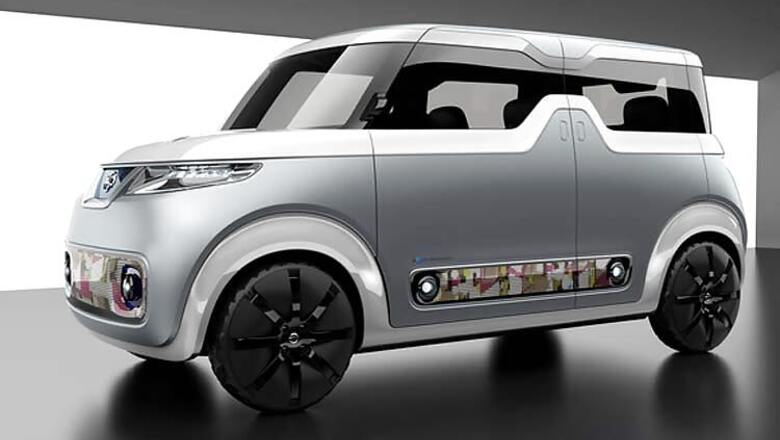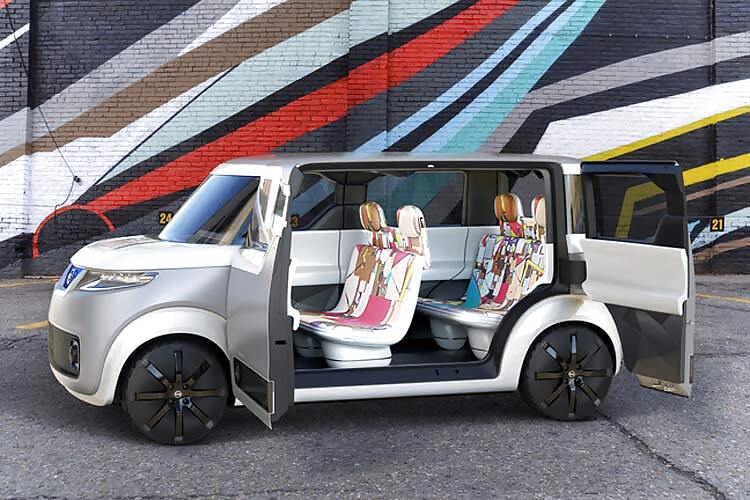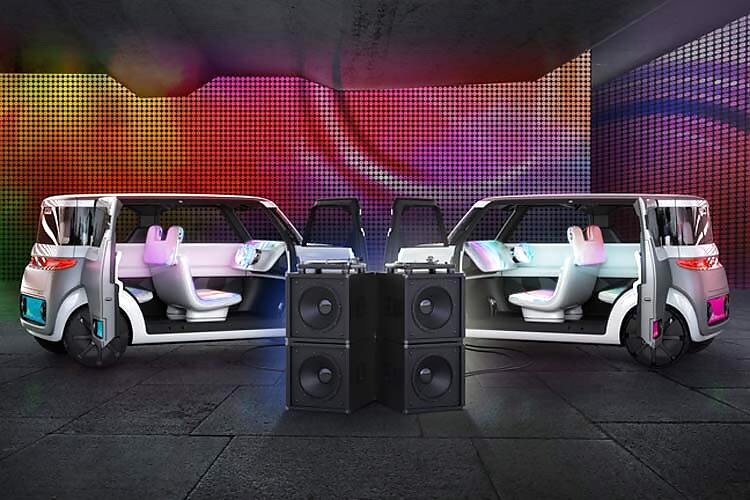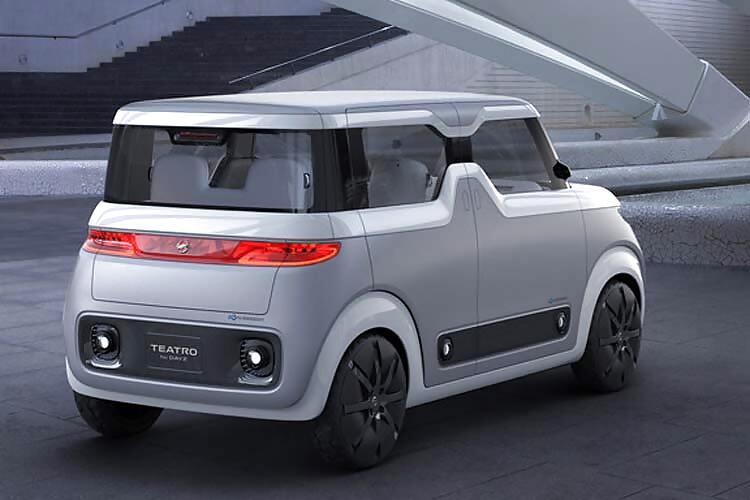
views
A major focus for Nissan at this year's Tokyo motor show (October 29-November 8) will be communicating with a generation of consumers that has always lived in a world dominated by the worldwide web and, more importantly one that is approaching driving age.
And Nissan believes that when they're ready to take their driving test, the Teatro for Dayz concept is the sort of car that they'll want to own.
"Designing a car to appeal to the generation we call ‘share natives' required us to intentionally not use knowledge and tried-and-true approaches we had amassed," said Executive Design Director Satoshi Tai. "For example, through design we typically try to convey a sense of acceleration, power, or supreme quality. But these values do not resonate with share natives. If anything, such car traits just call to mind old-fashioned technology that bears little relevance to their lives."
So what started as a clean-sheet design has ended up in completed concept form as a blank canvas. The response that Nissan wants to provoke from older generations is "Is this really a car?" because on the outside, it's decidedly oblong while inside it is simply two rows of white seats, a white shelf where a dashboard would usually be located plus a steering wheel and pedals.

And that's because the interior can be customized to suit the mood, pretenses and interests of the occupants. "The interior can be visually altered according to one's mood, for playing games, and in the blink of an eye to surprise friends. What Teatro for Dayz is, how it's used, and what it could become are all up to the share native's imagination," said Tai.
Traditional switchgear obstructs projections, so all of the typical controls needed in a car -- climate control, sound system, etc -- are voice or gesture controlled.

However, the company is aware of the dangers of distracted driving and the car's interior projections and entertainment systems don't kick in fully until parked. When in motion, critical information -- speed, fuel reserves, traffic warnings -- are front and center.
Outside, as well as focusing on geometrical rather than organic shapes, the car jettisons many of the lines, creases, folds and bulges that have become synonymous with automotive design over recent years. Nothing attached to the body suggests speed, performance or handling. "This car's identity belongs to the owner, and design assumptions we make just limit their creativity. This could also be seen as an indication of what people will expect of EVs in the future," said Tai.


















Comments
0 comment